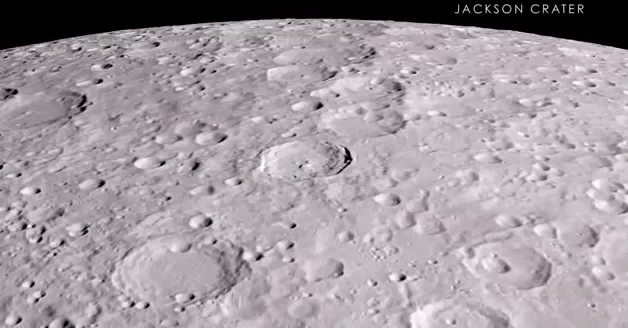Back in January, China did something no country had ever done before: it landed one of its spacecrafts on the dark side of the moon (cue your Pink Floyd albums now). And now we are getting a look at the first materials derived from that historic mission, and they are eye-opening to say the least. According to a report coming out of National Geographic, the Chinese lunar mission has yielded the very first signs of lunar mantle material available for scientific study. We might soon get far more insight into our moon than we’ve ever had before.

The new report revealed that the rover partner to China’s Chang’e-4 lander used reflected radiation to analyze the minerals within its landing site, which were inside the moon’s Von Kármán crater. In doing so, it spotted layers rich in two different kinds of mineral types that aren’t a match for the typical lunar crust.
The current thinking is that these mineral patches represent upper mantle material, and further study into these patches could answer several questions about the inner workings of our lonely satellite, including its early history. The moon rocks brought back by the Apollo missions really tell us only a fraction about the moon’s nature.
The truth is, we still don’t know a hell of a lot about our own moon, or how it even formed exactly. We went on a few missions to the moon back in the ’60s and ’70s, and then the Space Program largely abandoned it during the following decades. But it’s certainly time to really think about going back in some capacity, and an argument can be made for why we need a permanent human presence on the moon as well.
With the recent discoveries made by China, it will only fuel the fire for a more intense study of the lunar surface in the years to come.
Images: Sony Pictures Classics / NASA